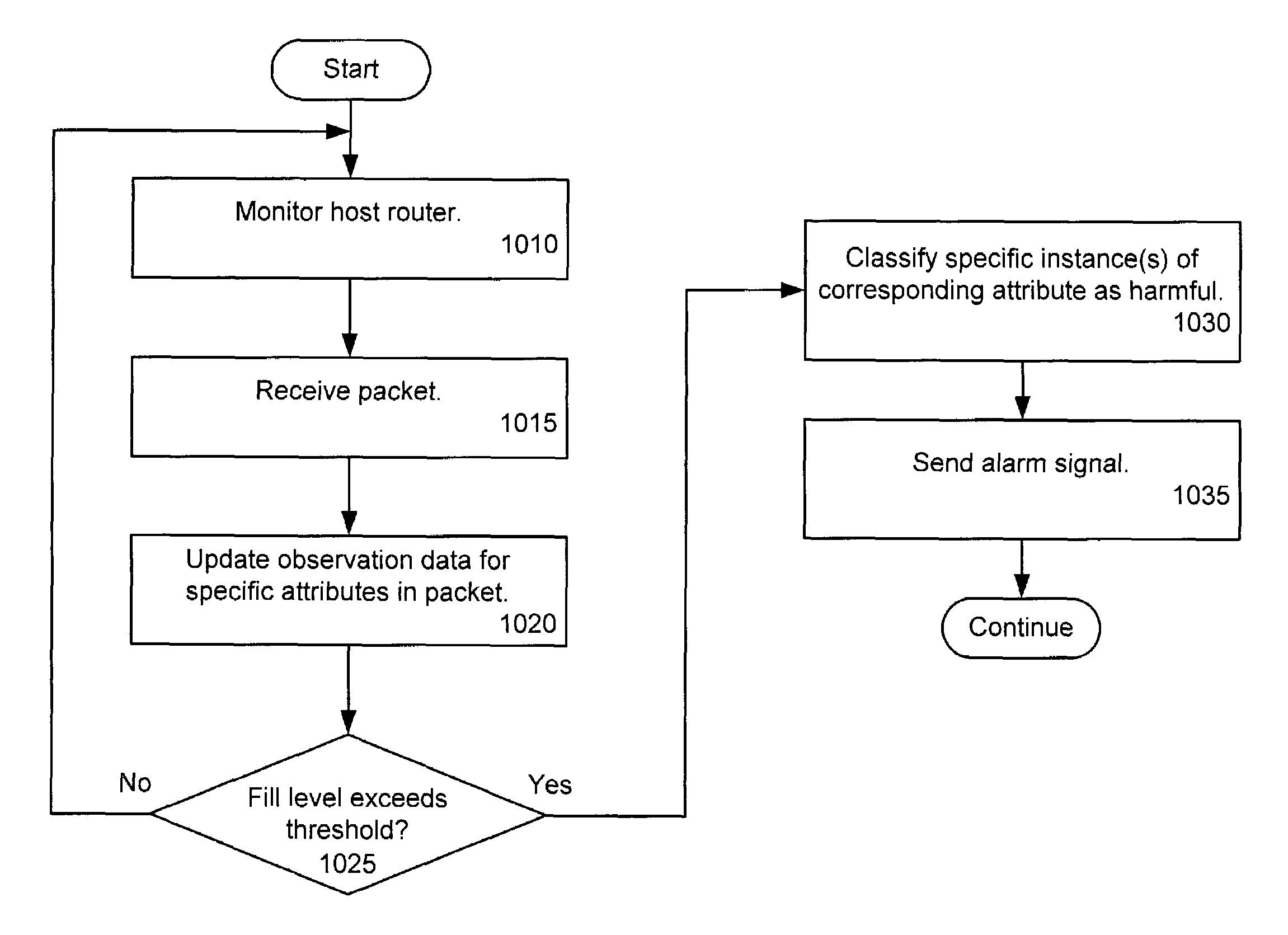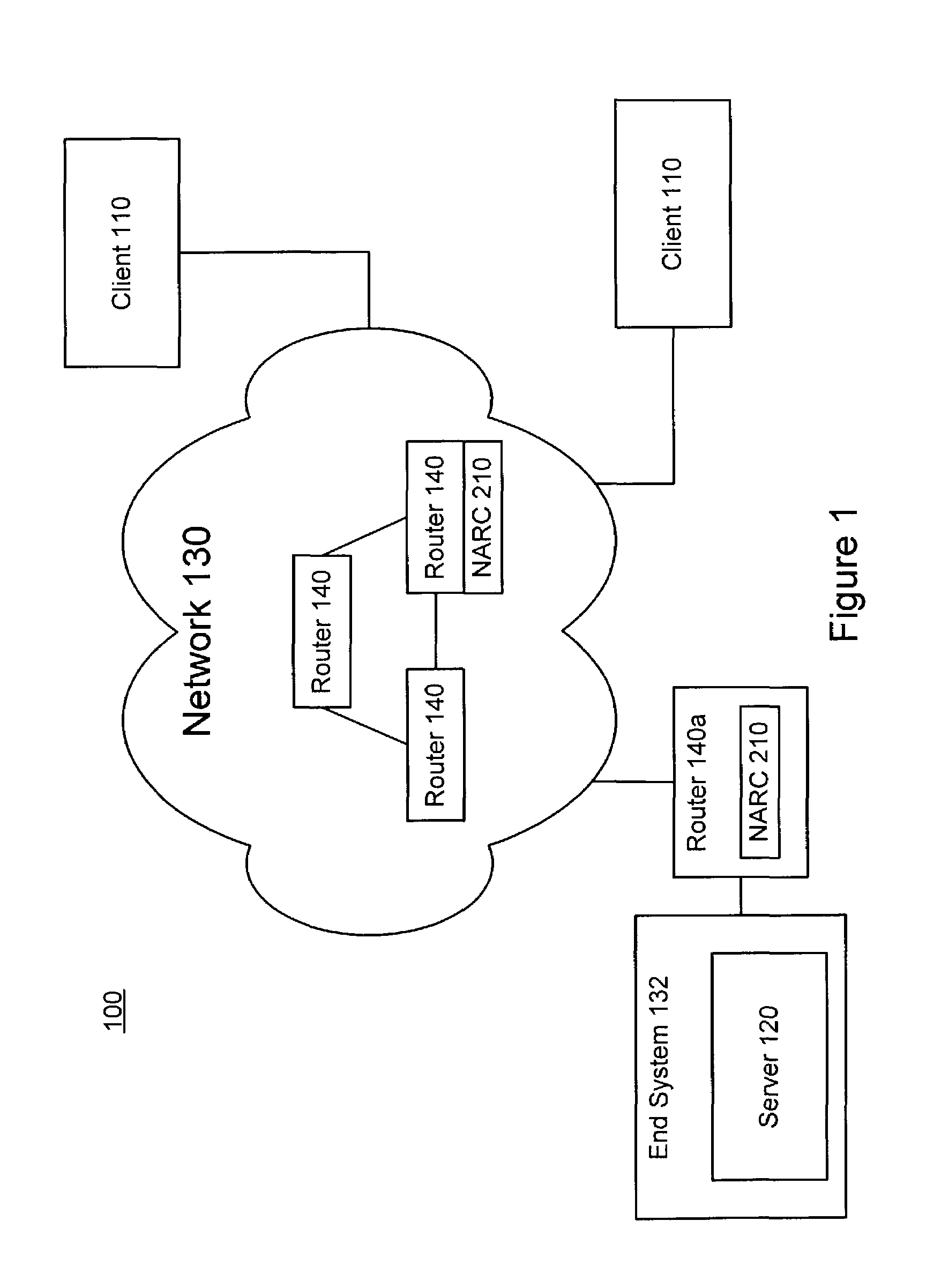This simplicity, and a lack of built-in
authentication, makes
the Internet scalable and easy to manage but also very anonymous, as the configuration of
the Internet makes it somewhat difficult to trace the source of transmitted packets.
The packets have adverse effects on the communication resources of targeted end-systems, thereby denying access to legitimate users that try to access the end systems.
Implementation exploits are DoS attacks that adversely take
advantage of known deficiencies of certain implementations from specific end-
system vendors in order to disable an end-
system.
Protocol exploits are DoS attacks that misuse specific communication protocols and take
advantage of the fact that many protocols are not designed to protect against hostile use of the protocols.
These attacks are not very easy to devise but are very severe, as they require changes or amendments to standards and therefore may be very expensive to fix.
DoS flooding is facilitated by the general lack of Internet
quality of service (QOS) control that permits uncontrolled, malicious acquisition and use of Internet bandwidth.
Furthermore, the lack of security allows such destructive usage to be carried out anonymously.
The DDoS tools send
attack packets in an uncontrolled fashion to consume all or a large portion of the bandwidth at the victim's network.
As a result, the offending traffic cannot be distinguished from the legitimate traffic and cannot be traced on the basis of the contents of the protocol headers.
The attacks also subject the victim's network to crippling load conditions, as the network's replies to randomly generated source addresses flush
route caches in routers and overload the
route lookup mechanisms, which further aggravates the situation.
Such techniques allow attacks to be much more distributed and also render any forensic techniques more difficult, as the zombies are only involved indirectly.
However, the techniques do not prevent or alleviate the effectiveness of the actual
flooding attack.
Rate limiting is one technique that reduces the effectiveness of DDoS attacks.
This limits the
exposure to bandwidth attacks that use these types of packets.
Unfortunately, most conventional DDoS
attack methods spoof protocol headers in a way that is indistinguishable from legitimate production traffic (so that DDDoS packets appear to be legitimate HTTP traffic).
Consequently,
rate limiting of bandwidth for DDoS flood protection also limits the legitimate traffic.
Most firewalls today offer a rate-limiting functionality.
However, a
rate limiting functionality is only marginally useful as it does not provide any benefits against randomly spoofed bandwidth attacks.
Furthermore, it does not prevent an attacker from consuming the bandwidth on the network side of the firewall.
Consequently,
rate limiting is only useful if it can be applied close to the source of the
attack, where most of the traffic is malicious.
However, rate limiting close to the victim's network through the use of firewalls or traffic shapers has two very undesirable consequences.
One such consequence is that, during normal operations, rate limiting effectively reduces the capacity of the victim's network.
Another consequence is that, in the presence of an attack, rate limiting lowers the bandwidth threshold necessary for an
adversary to force the rate limited
system to start dropping legitimate packets.
Ingress filtering does not directly eliminate DDoS flooding attacks, but rather prevents spoofing of source addresses through the use of preventive administrative filtering at a network ingress point.
However, in practice, ingress filtering is very difficult to promote and adopt universally, as it requires ISPs to dedicate
router computing resources to check all outgoing routed packets, thereby reducing the effective
throughput of the ISP.
Consequently, ingress filtering is not a viable solution to DDoS flooding because it may only reduce the number of available launch platforms (excluding the ones that apply ingress filtering), thus providing only a
partial solution.
Furthermore, ingress filtering may reduce the occurrence of only certain attacks and may not deter DDoS attacks that are carried out with the collusion of the ISP, such as in international
electronic warfare or electronic terrorism.
One drawback of packet marking is that it requires some additional amount of computation in the routers, thereby consuming computation resources and limiting
throughput.
Another drawback is that large amounts of bogus markings can be injected into the packet
stream to either confuse the detection
algorithm or create a disabling DoS condition on the hosts performing the path computation.
Thus, there are currently a variety of ways of dealing with DoS flooding attacks, but each has its own drawbacks.
Rate limiting does not effectively work against packets with randomly-spoofed source addresses and can also limit the performance of legitimate traffic.
Ingress filtering requires the cooperation of one or more ISPs, which is not practical.
Packet marking is computationally expensive from the standpoint of the protected network.
 Login to View More
Login to View More  Login to View More
Login to View More 


